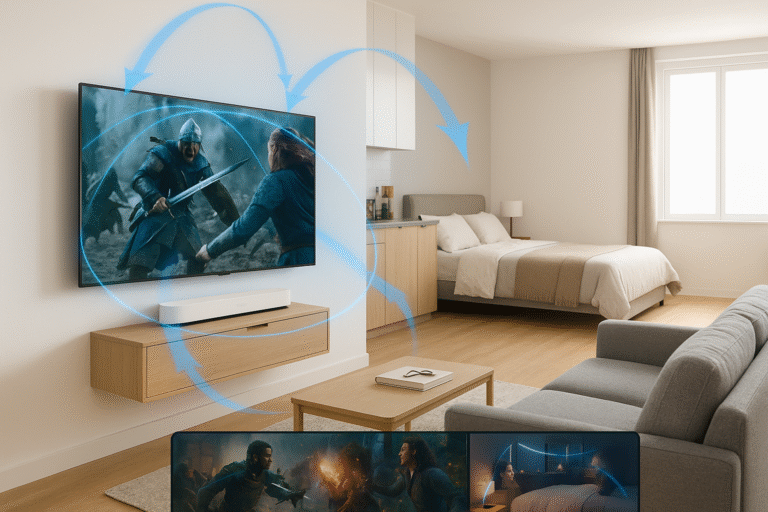Dolby Atmos is no longer reserved for high-end home theaters — it’s becoming accessible in compact soundbars like the Sonos Beam Gen 2, which promises 3D sound immersion in even the smallest rooms. But is it truly effective in a 150-square-foot bedroom? Or is it just a buzzword in small-space setups?
In this post, we break down how Dolby Atmos works, how it adapts to small rooms, and whether the Beam Gen 2 delivers meaningful spatial audio — or if you’re better off saving your money.
What Is Dolby Atmos and How Does It Work?
Dolby Atmos expands traditional surround sound by adding height channels. Instead of just left-right and front-back sound, it adds a vertical dimension — making you feel like audio moves above and around you.
In traditional setups, this requires up-firing speakers or ceiling installations, but soundbars like the Beam Gen 2 use virtual processing to simulate height without physical drivers.
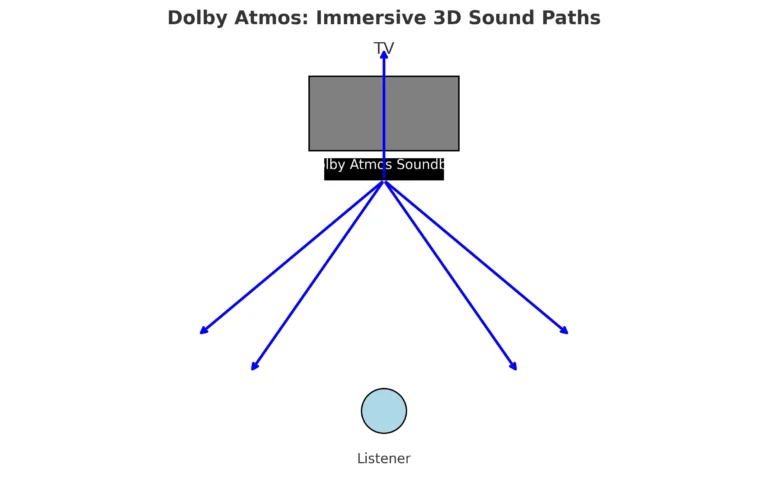
How Atmos Performs in Small Rooms
Small spaces actually enhance Atmos virtualization, because the sound has less distance to travel before reflecting off ceilings and walls. Benefits include:
Closer walls = faster sound bounce-back
Lower ceilings = stronger perception of height
Better acoustics for compact Atmos rendering
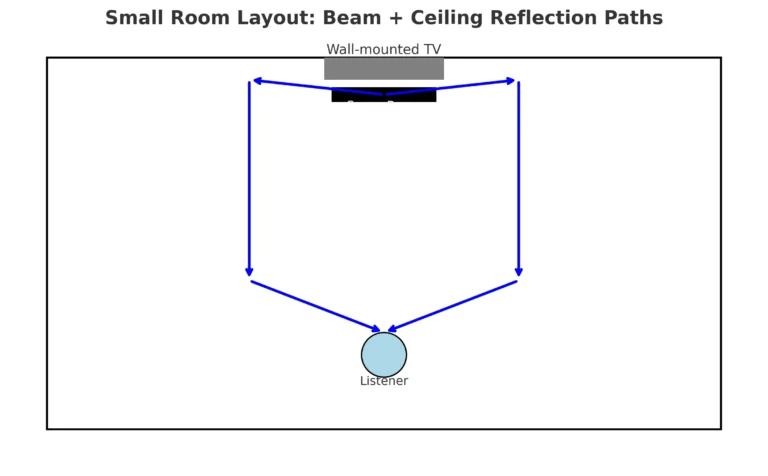
Does Beam Gen 2 Really Deliver Atmos in Small Rooms?
Yes, but with nuance.
The Sonos Beam Gen 2 uses psychoacoustic algorithms to simulate Atmos by bouncing sound around the room. In small rooms (150–250 sq ft), this technique creates surprisingly spacious results:
Overhead effects feel more present
Surround imaging is wider than expected from a single speaker
Works best with flat ceilings between 7–9 ft high
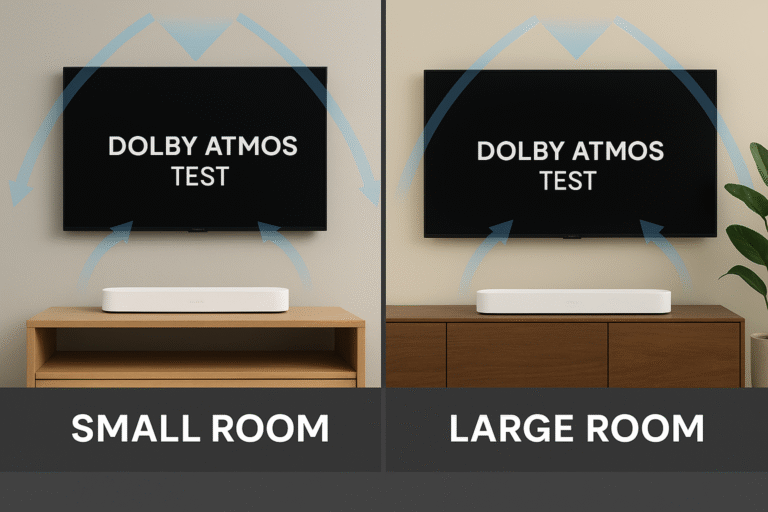
Real-World Use Cases
| Use Case | Dolby Atmos Impact (Small Room) |
|---|---|
| Netflix movies | Better dialogue separation + height cues |
| Xbox/PS5 gaming | Enhanced spatial awareness |
| Music with Atmos | Expansive soundstage, even on stereo tracks |
| YouTube videos | Minimal impact (content-dependent) |
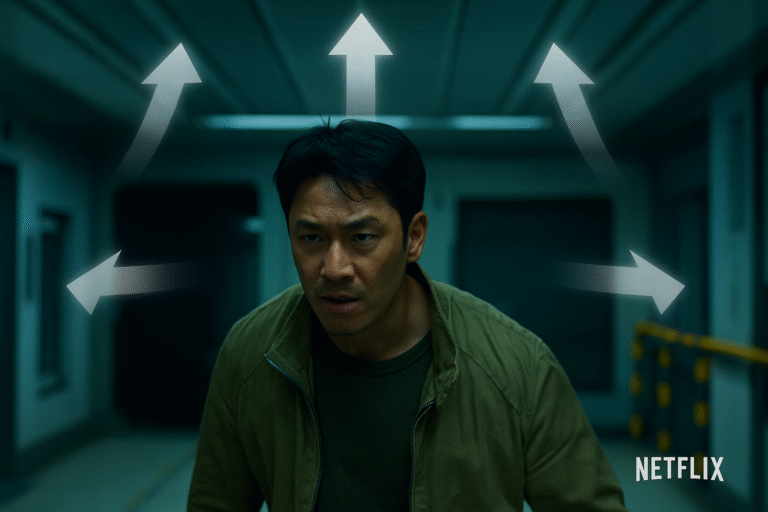
Tips for Optimizing Dolby Atmos in Small Spaces
Place soundbar 4–6 inches below TV for optimal audio direction
Use Trueplay Tuning via Sonos app to adjust for reflections
Keep ceiling flat and avoid heavy drapes near front walls
Avoid placing Beam inside recessed cabinets
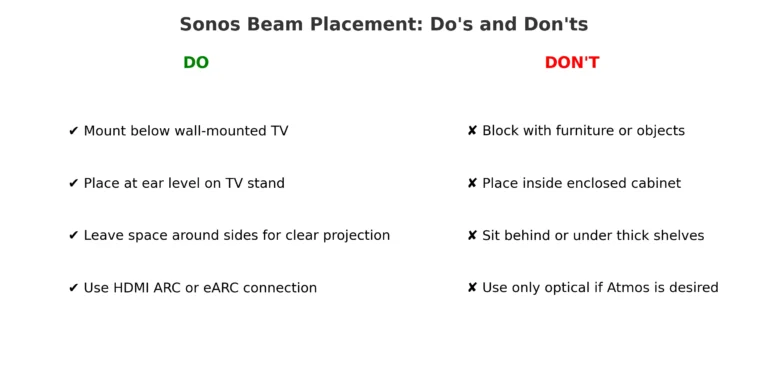
Virtual Atmos vs Physical Up-Firing Drivers
| Feature | Virtual Atmos (Beam Gen 2) | Physical Up-Firing (Bose 600) |
| Ceiling bounce needed? | ✅ Yes | ✅ Yes |
| Speaker count | Fewer (simpler setup) | More (complex configuration) |
| Small room effectiveness | ✅ High | ✅ Moderate |
| Upgrade potential | ✅ Expandable with Sonos One | ❌ Fixed output |
Is Dolby Atmos Worth It in a Small Room?
Yes — if you’re using a quality soundbar like the Sonos Beam Gen 2.
Even without up-firing drivers, Beam’s virtual Atmos provides a genuine spatial upgrade over stereo or 5.1 emulation. It won’t replicate a full-blown Atmos theater, but in compact rooms, it delivers:
More immersive gaming and movie watching
Crisp height effects and directional cues
Value without clutter or extra speakers
